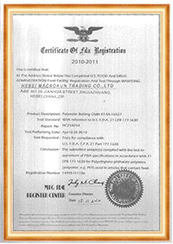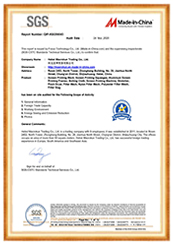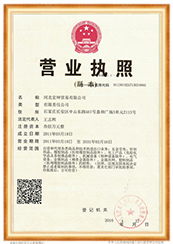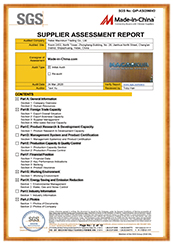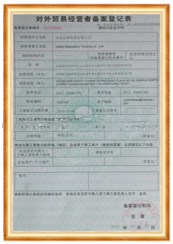Injection molding has been around for a while, with the first injection molding machine invented in the late 1800s. Over the years, the process has been refined and improved, and it is now an efficient and reliable process used in the production of everything from car parts to medical devices.
The process of plastic injection molding starts with the design and creation of a mold, also known as a tool or die. The mold is created using steel or aluminum, and it is designed to the exact specifications of the product being produced. The mold is then loaded into an injection molding machine, and plastic pellets are fed into the machine’s hopper.
The plastic pellets are then heated and melted, and the molten plastic is injected into the mold using a hydraulic or electric pump. Once the mold is filled, it is cooled to solidify the plastic and form the desired shape of the product. Finally, the mold is opened, and the finished product is ejected.
One of the significant benefits of plastic injection molding is its ability to produce complex shapes and designs with a high level of accuracy and precision. The process can create parts with intricate details and tight tolerances, which would be difficult or impossible to achieve with other manufacturing processes.
Another advantage of injection molding is its ability to produce high volumes of products quickly and efficiently. Once the mold is created, the process can be automated, and the machine can run continuously, producing a high volume of identical parts in a short amount of time.
The use of plastic injection molding has also been instrumental in reducing the cost of manufacturing. The process is highly efficient and produces very little waste, as any excess plastic can be recycled and reused. The ability to produce large volumes of parts quickly and accurately also reduces the need for manual labor, which lowers costs and increases productivity.
However, one of the significant challenges associated with plastic injection molding is the environmental impact of the process. The use of plastic, which is non-biodegradable, can result in a significant amount of waste, and the production process itself can consume a large amount of energy.
In recent years, there has been a growing emphasis on sustainability and environmentally friendly manufacturing processes, and the plastics industry has responded by developing new materials and processes that minimize waste and reduce energy consumption. For example, some manufacturers are using biodegradable plastics, which break down naturally in the environment, as an alternative to traditional plastics.
In conclusion, plastic injection molding is a highly efficient and effective manufacturing process that has revolutionized the production of plastic products. It has enabled manufacturers to produce complex shapes and designs quickly and accurately, while also reducing costs and increasing productivity. However, the industry must continue to work towards minimizing its environmental impact and developing more sustainable and eco-friendly manufacturing practices.
Pre: MK-GBC Simple Wooden Handle Squeegee Rack
Next: Polypropylene filter bag

MACROKUN has established long-term and stable cooperative relations with many transportation companies such as China Post, DHL, FEDEX, USPS, UPS, etc. Of course, MACROKUN can also provide air and sea transportation. The powerful logistics system enables all MACROKUN'S Printing Mesh, Filter Mesh and Filter Bags and so on to be easily and efficiently transported to any place. For quotes and inquiries, please email our sales team.
